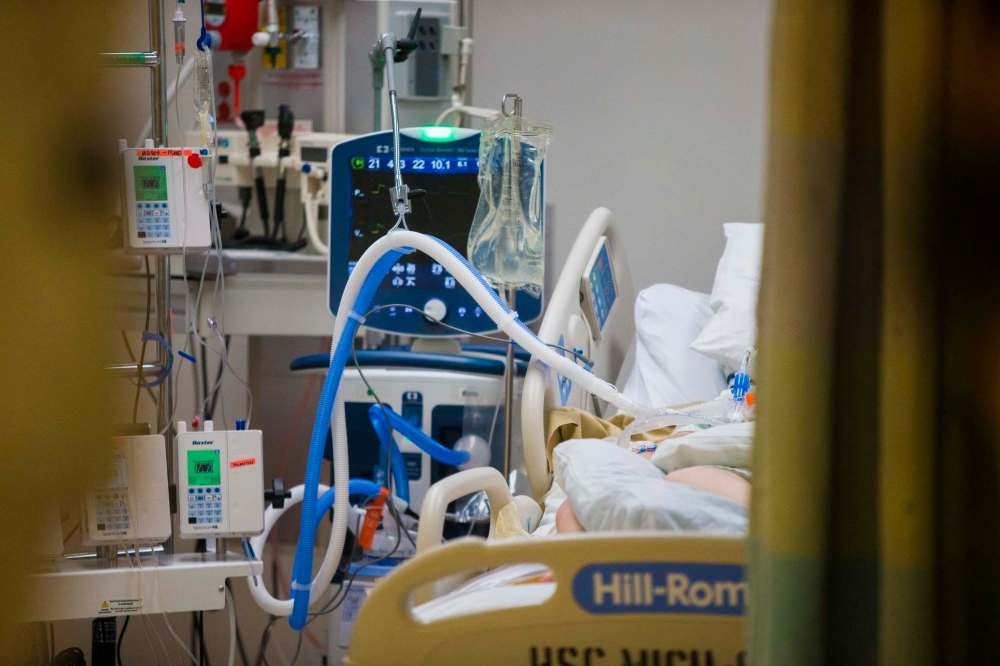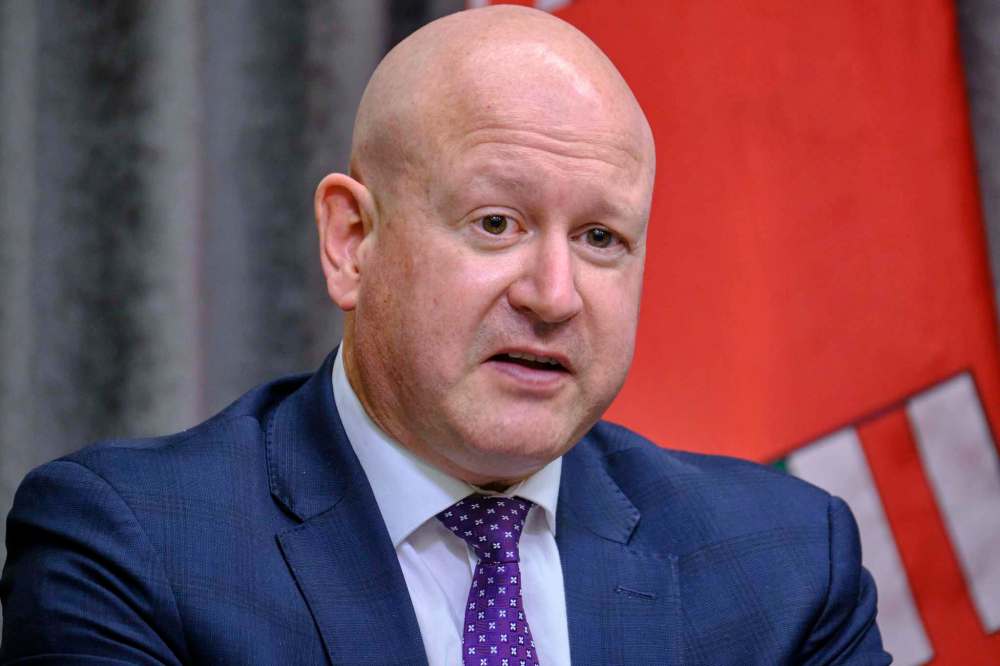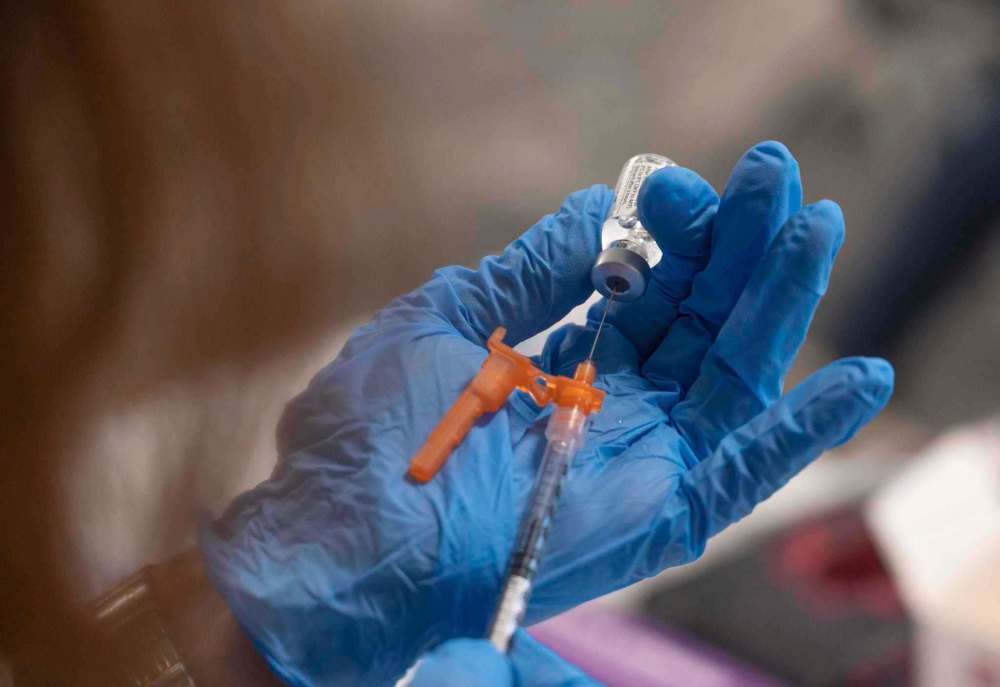Learning to live with COVID-19, one step at a time
Read this article for free:
or
Already have an account? Log in here »
To continue reading, please subscribe:
Monthly Digital Subscription
$0 for the first 4 weeks*
- Enjoy unlimited reading on winnipegfreepress.com
- Read the E-Edition, our digital replica newspaper
- Access News Break, our award-winning app
- Play interactive puzzles
*No charge for 4 weeks then price increases to the regular rate of $19.00 plus GST every four weeks. Offer available to new and qualified returning subscribers only. Cancel any time.
Monthly Digital Subscription
$4.75/week*
- Enjoy unlimited reading on winnipegfreepress.com
- Read the E-Edition, our digital replica newspaper
- Access News Break, our award-winning app
- Play interactive puzzles
*Billed as $19 plus GST every four weeks. Cancel any time.
To continue reading, please subscribe:
Add Free Press access to your Brandon Sun subscription for only an additional
$1 for the first 4 weeks*
*Your next subscription payment will increase by $1.00 and you will be charged $16.99 plus GST for four weeks. After four weeks, your payment will increase to $23.99 plus GST every four weeks.
Read unlimited articles for free today:
or
Already have an account? Log in here »
Hey there, time traveller!
This article was published 27/10/2021 (1505 days ago), so information in it may no longer be current.
The idea of eliminating COVID-19 altogether was never a realistic expectation. It’s now out of the question, at least for the foreseeable future.
The SARS-CoV-2 virus will likely be with us for many years, and will probably circulate seasonally like other coronaviruses. It will be controlled through immunization and to some degree, natural immunity. The question now is: how much of it are we prepared to tolerate (as we do with other respiratory diseases)?
Even countries such as New Zealand, which managed for some time to keep COVID-19 at bay through lockdowns and strict travel restrictions, have abandoned so-called COVID-zero strategies. It is no longer a realistic goal, largely because of the more contagious delta variant.
Canada never pursued a COVID-zero policy; the goals were always to mitigate severe illness and protect hospital capacity.

Provinces achieved those objectives, with varying levels of success, through public health restrictions. Some failed spectacularly, at times, including Manitoba (and now Alberta, Saskatchewan and New Brunswick, all three of whom eliminated restrictions prematurely over the summer).
The goal of mitigating severe illness and protecting hospital capacity will remain. That’s an ongoing public health objective, whether amid a pandemic or not. The major difference now is there are vaccines to help achieve those goals.
If immunization uptake is high enough, life can return to normal; without masks, proof-of-vaccine rules or capacity limits in public places. But COVID-19 will not be eliminated. People will still get infected, as they do with other communicable diseases, and some will die. That’s unavoidable.
The debate going forward will be how much COVID-19 we can live with, how it will be controlled, and what steps can be taken to better protect the most vulnerable.
Are a dozen cases a day in Manitoba tolerable during respiratory disease season? How many hospital admissions can the system handle during peak periods? At what point do public health officials stop testing for COVID-19 and switch to surveillance methods used for other infectious diseases?
Eventually, the provincial government will have to answer those questions.

That likely won’t happen until April or May, at the earliest. Manitoba chief provincial public health officer Brent Roussin has already said current proof-of-vaccines won’t be lifted before the end of winter.
Manitoba has to get through the 2021 respiratory illness season before it makes any major changes to public health orders. There are still too many unknown variables, such as waning vaccine protection, to make changes beforehand.
Children under 12 have yet to be vaccinated against COVID-19, which could begin in late November. Also, dangerously low uptake in some parts of the Southern Health region continue to pose a significant risk to the entire province.
If by spring, cases are manageable, hospital capacity is stable and vaccine uptake (with booster third doses for most) hits 85-90 per cent, would restrictions be removed? If not then, when?
There is a long way to go to get there. Manitoba’s case counts have plateaued at around 100 a day (with some fluctuations) — promising numbers, considering how much physical interaction has resumed in society. But at those levels, and with close to 100 COVID-19 patients in hospital (including 22 patients in ICU, a number that has been inching up in recent weeks, mostly among the unvaccinated), Manitoba is not in a position to lift any restrictions.

We have to get used to the idea COVID-19 will be part of our lives for years to come. We may need annual COVID-19 vaccines (like flu shots) to manage it, while growing natural immunity among those who have recovered from an infection will contribute to overall protection.
The conversation around how and when we move into post-pandemic life has to start sooner rather than later.
It should be science-based and informed by evidence from other parts of the world but, at some point, the public needs to know how the pandemic ends.
tom.brodbeck@freepress.mb.ca

Tom Brodbeck is an award-winning author and columnist with over 30 years experience in print media. He joined the Free Press in 2019. Born and raised in Montreal, Tom graduated from the University of Manitoba in 1993 with a Bachelor of Arts degree in economics and commerce. Read more about Tom.
Tom provides commentary and analysis on political and related issues at the municipal, provincial and federal level. His columns are built on research and coverage of local events. The Free Press’s editing team reviews Tom’s columns before they are posted online or published in print – part of the Free Press’s tradition, since 1872, of producing reliable independent journalism. Read more about Free Press’s history and mandate, and learn how our newsroom operates.
Our newsroom depends on a growing audience of readers to power our journalism. If you are not a paid reader, please consider becoming a subscriber.
Our newsroom depends on its audience of readers to power our journalism. Thank you for your support.







